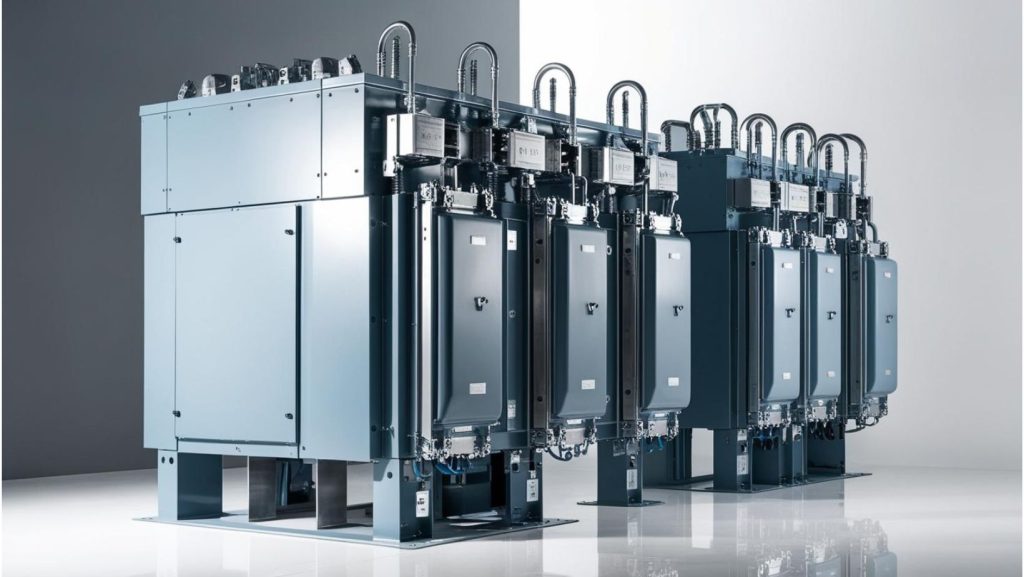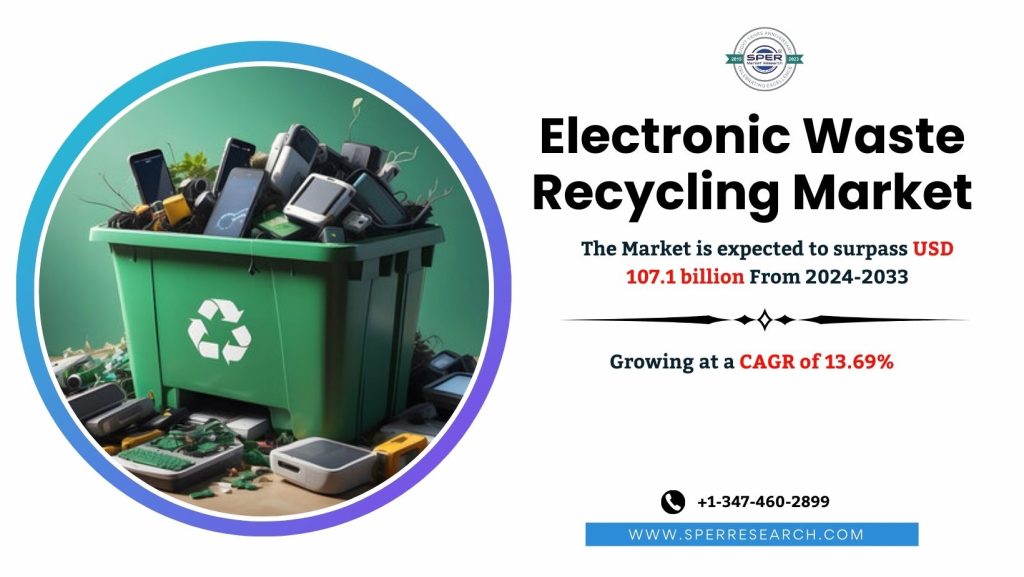A battery energy storage system is a device that stores energy from the grid or power plant and releases it later to provide electricity or grid services when needed. This technology improves power system flexibility and supports the use of renewable energy. Modern systems come with inverters and computerized controls, making them easy to install and low-maintenance for users. They have various applications, including commercial uses like peak shaving and emergency backup, as well as residential uses like self-consumption and off-grid support.
According to SPER market research, ‘Global Battery Energy Storage System Market Size- By Application, By Battery Type – Regional Outlook, Competitive Strategies and Segment Forecast to 2034’ state that the Global Battery Energy Storage System Market is predicted to reach 87.31 billion by 2034 with a CAGR of 27.11%.
Drivers:
The growing demand for dependable, cost-effective, and environmentally friendly energy storage solutions drives investments in grid infrastructure, propelling the BESS market forward. Increased investment in grid infrastructure is a vital strategy for improving energy system dependability, efficiency, and sustainability. These initiatives address a variety of power grid issues, including modernisation, resilience, and the integration of renewable energy sources. As a result, they are critical to satisfying both current and future energy demands.
Request a Free Sample Report: https://www.sperresearch.com/report-store/battery-energy-storage-system-market.aspx?sample=1
Restraints:
The costs of battery energy storage systems vary based on the type and number of batteries used. Installation costs depend on the size and power needs of the systems, the components involved (like batteries and conversion systems), and the infrastructure for communication, environmental control, and connection to the grid. Other factors include system control costs and expenses for construction and commissioning. The overall costs also differ based on applications, such as for homes, businesses, or utilities, requiring significant investments that limit market growth.
The Asia Pacific region is the world’s largest market for battery energy storage, with some of the fastest-growing economies. Investments in energy storage are expected to increase dramatically in the region, fuelled by favourable government policies aimed at improving the quality and reliability of electricity distribution for residential, commercial, and industrial consumers. Several countries in Asia Pacific are planning to electrify distant, off-grid locations. These factors help to drive the BESS market expansion in Asia Pacific countries. Some significant market players are ABB, LG Chem Ltd, Panasonic Corporation, Samsung SDI, BYD Company Limited, Contemporary Amperex Technology Co. Limited, and others.
For More Information, refer to below link: –
Battery Energy Storage System Market Growth
Related Reports:
Follow Us –
LinkedIn | Instagram | Facebook | Twitter
Contact Us:
Sara Lopes, Business Consultant — USA
SPER Market Research
enquiries@sperresearch.com
+1–347–460–2899








